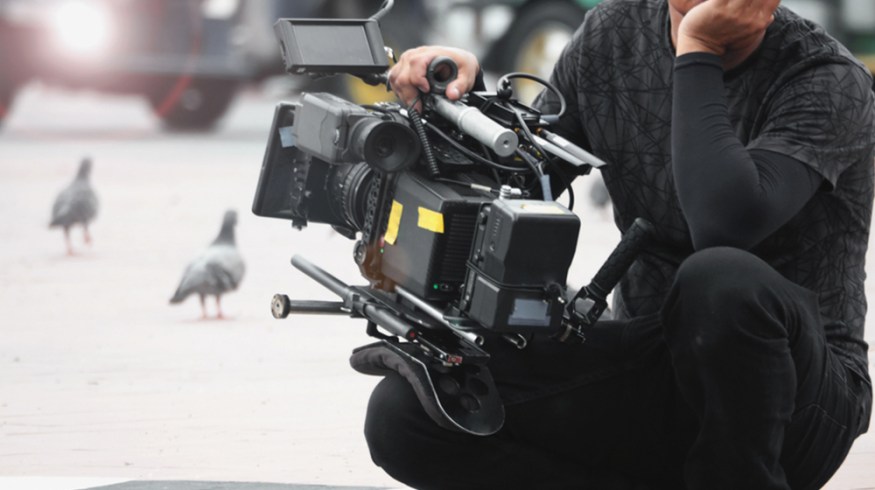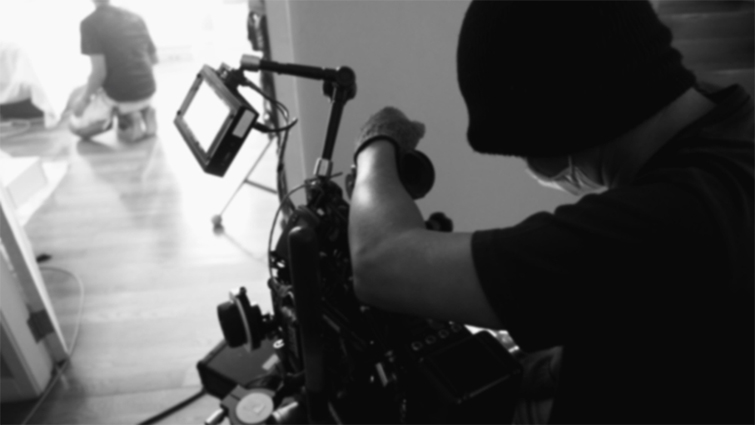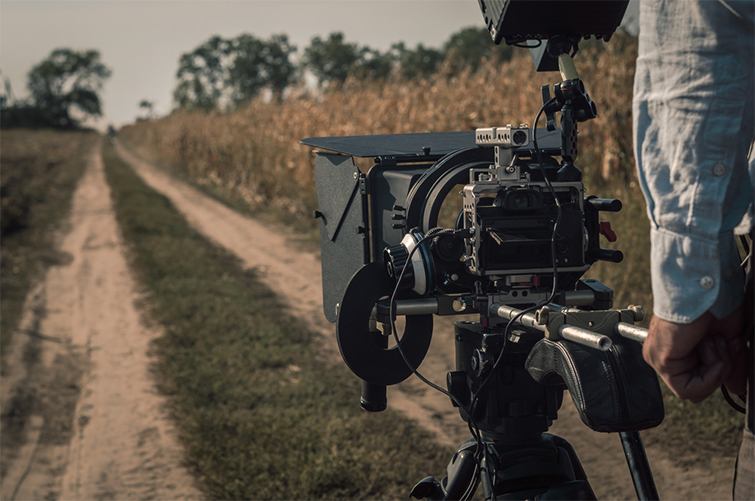
Videography Tips: What to Look for in a Good Shoulder Mount
A good shoulder mount is a cinematographer’s best friend. So what should you consider when looking for one?
When I first started out in film and video production, it felt like all my projects were either handheld or on a tripod. This, of course, meant that every shot was either incredibly shaky (and very distracting), or it was simply static and uninteresting. The world changed for me when I discovered shoulder mounts.
For my small, run-and-gun productions, this really opened doors in terms of composing shots and adjusting by simply moving my body, rather than picking up a tripod. It also added more complex camera moves like pans, tilts, and all types of motion in a way that looked much more steady and professional.
These days, camera mounts come in all sorts of shapes. Professional Steadicam setups are commonplace, and most audiences expect to see a good blend of smoothness with other types movement.
When choosing a good shoulder mount, whether for the first time or the hundredth, there are some key elements to keep in mind.
Comfort and Ease-of-Use

Image via gnepphoto.
The first thing I’ve always looked for is comfort. How does your shoulder mount feel? If it’s heavy or pokes you awkwardly, that’s not a good sign. Many options these days come with built-in padding (which you can also add yourself, but it’s much more reliable when it’s part of the original design).
The second thing I look for is ease of use. When you first pick up a shoulder mount, does it feel intuitive? Once you have it on your shoulder (or against your chest, or wherever), see how easy it is to make both small movements and long ones. If you’re lucky enough to live near a large camera store, you may be able to try out several in a row — in which case you’ll know instantly which one feels the best.
Adjustability

Image via Sundays Photography.
But don’t let a first impression be everything. It’s hard to find a shoulder mount these days that isn’t at least somewhat adjustable. Many shoulder mounts let you adjust almost every part of their setups. From working with camera mount plates to elements like length and counter weights, everything will need some degree of tinkering if you’re serious about creating an ideal shoulder mount.
In this case, if you get a chance to take one home, or buy one online to try out, take a few days to really see how adjustable it is and how much you can customize it for your body type and shooting style.
Freedom of Movement
Unless you’re working with a major cinema camera on a larger production with multiple people on a camera team, you’re probably not going to be strapping yourself into a Steadicam suit for every shot. Unlike, say, a free-standing gimbal with a complete range of motion, shoulder mounts are limited in some ways — especially if you need to keep pressure on a point of contact.
However, for a shoulder mount to be perfect, in my experience, it’s best to find one that allows you a good mix of freedom of movement, both when standing still and when walking. However, it also needs to feel like a solid tripod when you’re stationary and need support.
Could You Make One Yourself?
Video via Film Riot.
The final question before you invest in a shoulder mount is Could you make one yourself? The first shoulder mount I ever made was with my dad. We found a tutorial online then built one out of PVC pipe. It was pretty simple but also a lot of fun. To give it more cushion, we wrapped the entire shoulder mount with layers of electrical tape until it had a good deal of give.
All told, it probably cost $15 and took just a few hours to build. Yet it worked for years and saved me a couple hundred dollars. While DIY projects aren’t for everyone, it’s worth considering when making your decision — or when working with shoulder mounts for the very first time.
Cover image by gnepphoto.
Looking for more video gear tips? Check out these articles.






